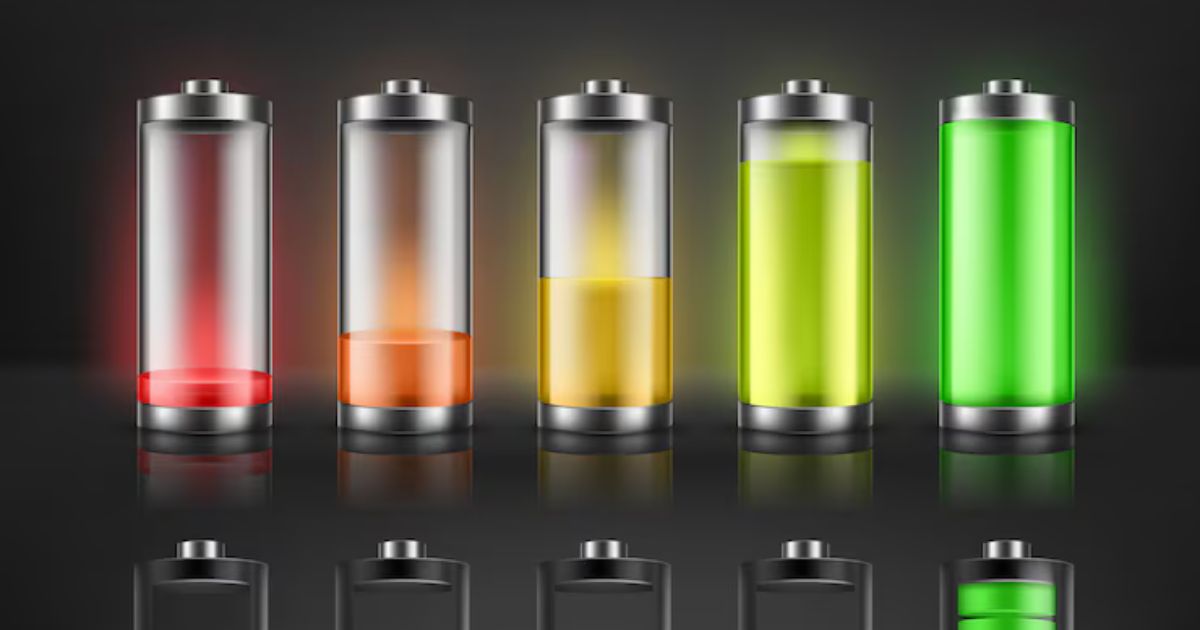The 1.5 volt battery might seem small, but it’s one of the most essential power sources in our everyday lives. From TV remotes to wall clocks, toys to flashlights, this battery keeps countless devices running smoothly. Its compact size and consistent power output make it a top choice for both household and industrial use.
History of the 1.5 Volt Battery
The 1.5 volt battery dates back to the early 20th century when portable power started becoming a real necessity. Over time, advancements in materials and technology have transformed this simple battery into a reliable energy solution found around the globe.
Common Types of 1.5 Volt Batteries
There are several types of 1.5 volt batteries, including alkaline, zinc-carbon, and lithium. Alkaline batteries are the most common, offering a balance between cost and performance. Zinc-carbon options are cheaper but have a shorter lifespan, while lithium versions provide extended life and work well in extreme temperatures.
Popular Sizes of 1.5 Volt Batteries
You’ll often find 1.5 volt batteries in sizes like AA, AAA, C, and D. AA and AAA are widely used in small devices like remote controls and cameras. C and D cells are larger and deliver more current, making them ideal for flashlights and radios.
How a 1.5 Volt Battery Works
At its core, a 1.5 volt battery converts chemical energy into electrical energy. Inside the battery, a chemical reaction occurs between the anode and cathode, generating a flow of electrons that powers your device. This process continues until the chemicals are exhausted.
Advantages of Using 1.5 Volt Batteries
The biggest advantage of 1.5 volt batteries is their versatility. They’re affordable, widely available, and easy to replace. Plus, they offer a stable voltage output, ensuring your devices perform consistently until the battery runs out.
Limitations of 1.5 Volt Batteries
Despite their usefulness, 1.5 volt batteries have their limits. They are disposable and contribute to environmental waste if not recycled. Additionally, their power capacity is limited, meaning they’re best suited for low-drain devices.
Applications of 1.5 Volt Batteries
From household gadgets like clocks and remotes to children’s toys and wireless computer accessories, 1.5 volt batteries are everywhere. They are also used in emergency equipment like portable radios and flashlights, making them indispensable in power outages.
Choosing the Right 1.5 Volt Battery
When selecting a 1.5 volt battery, consider the device’s power requirements. For high-drain gadgets, opt for alkaline or lithium batteries, while zinc-carbon options are suitable for devices with low power needs like wall clocks.
Battery Storage Tips for Longer Life
To extend the life of your 1.5 volt batteries, store them in a cool, dry place. Avoid mixing old and new batteries, and remove batteries from devices that won’t be used for extended periods to prevent leakage.
How to Properly Dispose of 1.5 Volt Batteries
Disposing of batteries responsibly is crucial. Never throw them in regular trash as they contain chemicals that can harm the environment. Instead, take them to a recycling center that accepts household batteries.
Rechargeable Alternatives to 1.5 Volt Batteries
If you’re looking to cut down on waste, consider rechargeable options. NiMH (Nickel-Metal Hydride) batteries can replace disposable 1.5 volt batteries in most devices, offering the added benefit of reusability and long-term savings.
Environmental Impact of 1.5 Volt Batteries
While convenient, disposable 1.5 volt batteries have an environmental cost. Their production and disposal contribute to pollution, making it important to recycle and switch to rechargeable options whenever possible.
Future Innovations in 1.5 Volt Battery Technology
Battery technology is constantly evolving. New developments aim to make 1.5 volt batteries more eco-friendly, longer-lasting, and capable of performing in even more demanding conditions, which means they’ll continue to power our world efficiently.
Final Thoughts
The humble 1.5 volt battery might not grab headlines, but it plays a vital role in our daily lives. By choosing the right type, storing it properly, and recycling used batteries, you can ensure you get the most out of this reliable power source while minimizing environmental impact.
FAQs
Can I use rechargeable batteries in place of regular 1.5 volt batteries?
Yes, most devices that use disposable 1.5 volt batteries can also work with rechargeable NiMH batteries, though they usually have a slightly lower voltage (around 1.2 volts).
Why do some devices specify alkaline batteries only?
Certain high-drain devices are optimized for the stable voltage and capacity of alkaline batteries, making them perform better than with zinc-carbon or rechargeable options.
How long does a 1.5 volt battery last?
Lifespan depends on usage and battery type. Alkaline batteries in low-drain devices can last several months to over a year, while heavy usage will drain them faster.
Are 1.5 volt batteries safe to carry around?
Yes, but avoid carrying loose batteries with metal objects like keys or coins, as this can cause short circuits or leaks.
Is it bad to mix different brands of 1.5 volt batteries?
Yes, mixing different brands or old and new batteries can cause leakage or uneven performance, so always use matching batteries in your devices.











